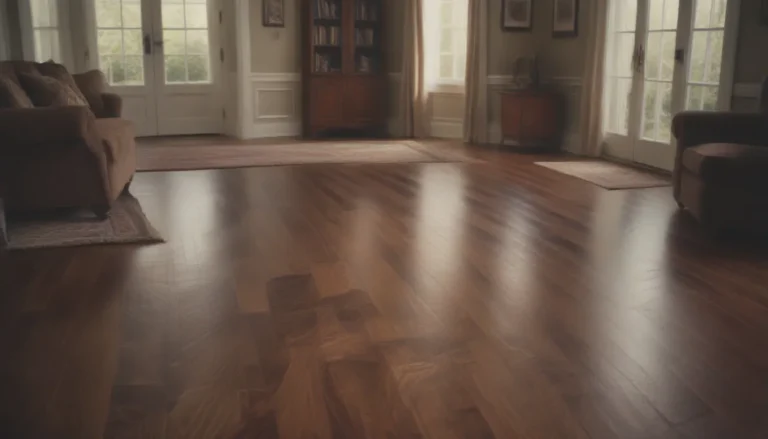Understanding and Managing Low Humidity in Your Home

Welcome to our comprehensive guide on low humidity and its impact on your home. In this article, we will delve into what low humidity means, how it affects your living space, and what you can do to maintain an optimal humidity level for a healthy and comfortable environment. With insights on the causes of low humidity, the signs to look out for, and practical tips on how to increase humidity, you’ll be well-equipped to tackle this often overlooked aspect of indoor climate control.
What Is Low Humidity?
Low humidity refers to the lack of water vapor in the air, resulting in dry conditions that can have adverse effects on both your home and your health. Typically, when the relative humidity level drops below 40 percent, it is considered low. It’s essential to monitor the humidity levels in your home regularly, especially during colder seasons, to address any issues promptly before they cause lasting damage.
Understanding Humidity Levels
To grasp the concept of humidity levels, it’s crucial to understand relative humidity. Relative humidity measures the amount of water vapor in the air relative to the current temperature. Warm air can hold more water vapor than cold air, which means that the same amount of water vapor can result in varying relative humidity levels in different temperature conditions. Maintaining a relative humidity of 40-60 percent is ideal for indoor comfort and preservation of your home.
How Low Humidity Affects Your Home
While high humidity is often associated with problems like mold growth, low humidity can also wreak havoc on your living space. From warping hardwood floors to peeling paint and increased static electricity, the signs of low humidity are varied and impactful. Long-term exposure to low humidity can lead to irreversible damage, making it crucial to address this issue proactively.
Signs of Low Humidity in Your Home:
- Shrinkage and warping of hardwood floors and furniture
- Peeling paint and wallpaper
- Increased static electricity
- Cracking in various surfaces
Causes of Low Humidity
Low humidity can stem from various factors, with exterior temperature being a primary influencer. Colder weather reduces the air’s ability to hold water vapor, leading to lower relative humidity indoors. Additionally, excessive air conditioning or the use of dehumidifiers can further contribute to low humidity levels. In regions with naturally low humidity, such as desert areas, combating dry conditions may require holistic solutions like whole-home humidifiers.
Target Humidity Levels
Maintaining a relative humidity level between 40-60 percent is key to preserving your home and ensuring comfort. You can check the humidity level using a hygrometer or smart thermostat. If the humidity level falls below 40 percent, it’s crucial to introduce methods to raise it to the optimal range and prevent potential damage.
How to Increase Humidity
If you find that your home’s humidity level is too low, there are several simple and cost-effective ways to increase it. Here are some practical tips to boost humidity indoors:
Ways to Increase Humidity:
- Leave boiling pots uncovered while cooking
- Keep bathroom doors open during showers
- Retain water in the bathtub after bathing
- Add houseplants to your living space
- Use individual humidifiers or a whole-home humidifier
By incorporating these strategies, you can elevate the humidity in your home and create a healthier environment for both your household and your belongings. Remember to monitor the humidity levels regularly and adjust accordingly to maintain optimal conditions.
In conclusion, low humidity can have detrimental effects on your home, but with awareness and proactive measures, you can combat dry conditions and preserve your living space. By understanding the causes of low humidity, recognizing its signs, and implementing practical solutions to increase humidity, you can create a comfortable and sustainable environment for yourself and your family.
References:
– Using Ventilation Practices to Promote Healthy IAQ in Schools
– Moisture Control Guidance for Building Design
– Make Humidification Adjustments
– How Humidity Damages Your Home and How to Fight it
– Han KT, Ruan LW. “Effects of indoor plants on air quality: a systematic review.” Environ Sci Pollut Res Int., vol. 27, no. 14, pp. 16019-16051, 2020. DOI: 10.1007/s11356-020-08174-9





